Back story
For me it’s still LongCovid > ME/CFS (thanks to SarsCov2) and unfortunately, in February, I had to take a 14-day course of antibiotics (amoxicillin 100 mg 3 times a day) because of Helicobacter Pylori
and also Pantoprazole 40 mg twice daily), which my micorobiome certainly didn’t like.
My PEM is less frequent and not as terrible as it used to be. My baseline has also improved, but I’m still at Bell 40 and pacing a lot. You already know the rest of my story.
Unfortunately, my daughter Carlotta looks as if she is slowly moving from the LongCovid control group to the LongCovid affected group. Which of course makes me particularly worried about my ME/CFS. She is also quite hypermobile.
Regarding her history, it should be mentioned that she developed bad migraines when she was around 5 years old (now 17). Which was triggered by certain foods. On a test it showed at 60 out of 80
Food intolerance. This could be almost completely remedied through a strict diet. The migraines were now rare, but have become more frequent recently. (maybe also interesting, there is a suspicion of Asperger’s Syndrome / Autism Level 1)
Mother
It seems that the microbiome has gone downhill over the year.
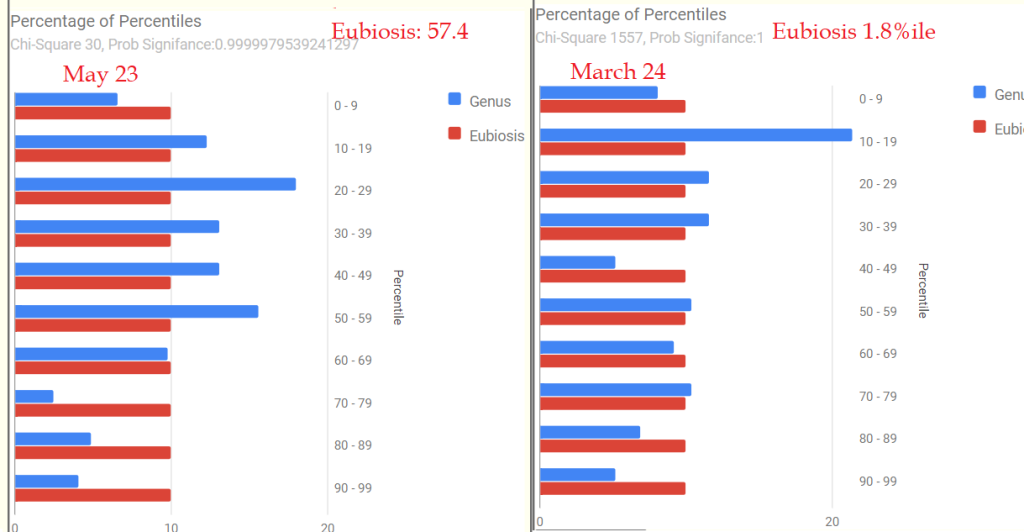
US National Library of Medicine Pattern Matching
- 2023: multiple chemical sensitivity [MCS], SIBO, Graves’ disease, Acne, hypertension
- 2024: hypertension, Menopause
Symptoms
- 2023: Not entered
- 2024: 101 Symptoms …
- Dr. Jason Hawrelak Criteria: 66%ile
Daughter
The same pattern of the microbiome going downhill over the year.is seen here.
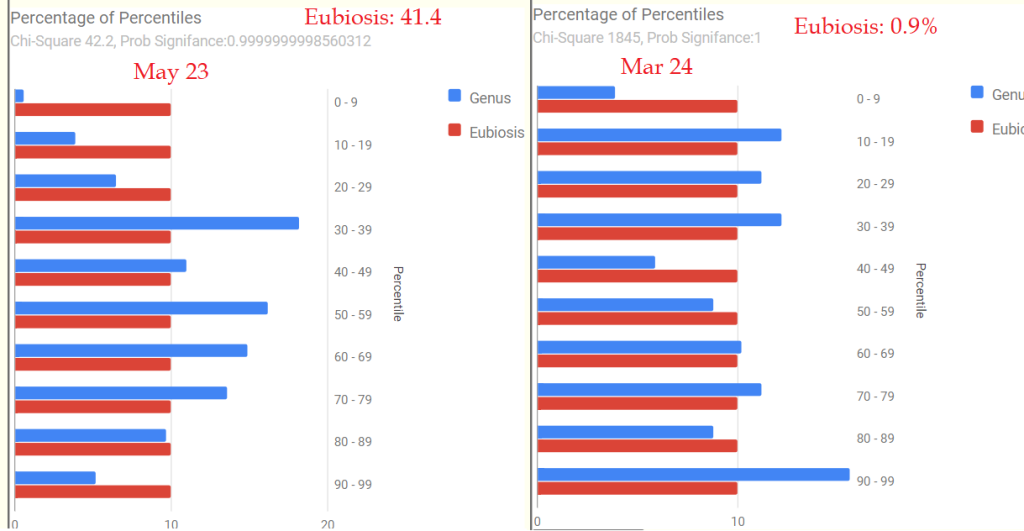
US National Library of Medicine Pattern Matching
- 2023: Nothing
- 2024: Chronic Lyme, NonCeliac Gluten Sensitivity, Insomnia, Halitosis, Acne,hypertension
Symptoms:
- 2023: Nothing entered (entering long afterwards is discouraged for the sake of accuracy)
- 2024: Neurocognitive: Can only focus on one thing at a time, Neurological: Joint hypermobility, Need to nap during each day, Impaired Memory & concentration, Onset: Gradual, Headaches, Migraine, Viral infections with prolonged recovery periods, Joint: Tenderness, Official Diagnosis: COVID19 (Fully Recovered), Acne, Difficulty falling asleep, Easily irritated, Tinnitus (ringing in ear)
- Dr. Jason Hawrelak Criteria: 13%ile (i.e. bad)
Going Forward
The daughter’s Bifidobacterium was at 5%ile (extremely low with few species) and the mother’s at 29%ile with many species at low levels. This leads directly to my next observation.

My personal experience post-COVID was that a mixture of Bifidobacterium probiotics cleared a lot of symptoms in less than 2 weeks. I tried that based on the first published study below, with support from other studies:
- A synbiotic preparation (SIM01) for post-acute COVID-19 syndrome in Hong Kong (RECOVERY): a randomised, double-blind, placebo-controlled trial [2023]
- “Overall, Bifidobacterium was associated with both protective effects and reduced abundance in relation to the disease. The genus has been found to be abundant in some cases and linked to disease severity. The studies evaluating the use of Bifidobacterium as probiotics have demonstrated the potential of this genus in reducing symptoms, improving pulmonary function, reducing inflammatory markers, alleviating gastrointestinal symptoms, and even contributing to better control of mortality. In summary,” [2023]
- “Growing evidence demonstrate that gut microbiota alteration is associated with COVID-19 progress and severity, and post-COVID-19 syndrome, characterized by decrease of anti-inflammatory bacteria like Bifidobacterium” [2023]
- “Specifically, it suggests an association of anti-inflammatory bacteria, including Bifidobacteria species and Eubacterium rectale, with lower severity, and pro-inflammatory bacteria such as Prevotella copri with higher severity. ” [2022]
- “Although the mortality rate was 5% in the [Bifidobacterium] probiotic group, it was 25% in the non-probiotic group. ” [2021]
- “positive patients overall had lower relative abundances of Bifidobacterium ” [2022]
Thus, I was interested in what the KEGG Probiotics Suggestions came up with:
- For the mother:
- For the daughter, the top 4 were:
These KEGG suggestions appear to agree with the literature. See Explanation of the methodology if you are interested in the mechanics of these suggestions. I also looked at the revised supplements from KEGG (just done). Remember, using KEGG is not trying to fix individual bacteria, rather to make sure all of the nutrients needed in the “microbiome soil” are there in the hope of producing a bountiful healthy crop.
- For the mother
- NADH (due to low 3-Oxoadipyl-CoA), alternatively, regular niacin
- Vitamin K (due to low 8-Methylmenaquinone and 2-Demethyl-8-methylmenaquinone)
- For the daughter
- Just Vitamin K (due to low omega-Sulfo-beta-dihydromenaquinone-9)
Note: Both Clostridium butyricum and Bacillus mesentericus are rarely used in clinical studies. Personally, I have taken both with positive effects.
The Regular Path Forward
Since symptoms (lots of them) have been entered for both, then a simple “Just give me suggestions with symptoms” for both
- For mother
- vitamin B3,niacin (and refined wheat breads … likely due to niacin in them!)
- mastic gum (prebiotic)
- gluten-free diet – i.e. wheat-free is a better intrepretation
- whole-grain barley
- bifidobacterium bifidum (probiotics) – only one that is high in the list
- lauric acid(fatty acid in coconut oil,in palm kernel oil,)
- inulin related: chicory (prebiotic), jerusalem artichoke (prebiotic)
- resveratrol (grape seed/polyphenols/red wine)
- for antibiotics 75% of the top ones are used for ME/CFS: amoxicillin, azithromycin, metronidazole
- clostridium butyricum is on the to-take list (lower down)
- For daughter
- mastic gum (prebiotic)
- whole-grain barley
- garlic, rosemary, thyme, curcumin/turmeric, olea europaea,olive leaf
- chicory (prebiotic), jerusalem artichoke (prebiotic)
- vitamin B3,niacin
- bifidobacterium (probiotics)
- clostridium butyricum is on the to-take list (lower down)
- E.Coli probiotic is also there (Mutaflor or Symbioflor-2)
- for antibiotics, again 75% of the top ones are used for ME/CFS: doxycycline , minocycline , azithromycin.
- Since she has acne, and the first two are often prescribed for acne… it may not be that hard to these prescribed.
What I found very interesting is the great similarity between suggestions of the mother and the child. Same DNA, similar diet, and likely similar time since COVID. I will leave them to review the avoid list. I will point out that the other B-Vitamins are on the avoid list. I should also point out that NADH and Niacin are closely related so we have agreement between the KEGG data and our usual expert system. Vitamin K is not often on our expert system list (little data to work from).
Key Take Away:
Depending on finances, retest after being on it for 6-12 weeks. Correcting the microbiome is usually a long list of course corrections.
- Rotate and change Probiotics (maximum time on any one should be two weeks).
- At least 10 BCFU for each probiotic species
- Have Barley Porridge each morning with some butter
- There was no strong converge in diet style (diet is very subjective with most studies and usually problematic to interpret). The following are specific items you should consider
- soy
- lauric acid(fatty acid in coconut oil,in palm kernel oil,)
- extra virgin olive oil is a toss up because olive oil is an avoid
- AVOID: safflower oil
Postscript – and Reminder
I am not a licensed medical professional and there are strict laws where I live about “appearing to practice medicine”. I am safe when it is “academic models” and I keep to the language of science, especially statistics. I am not safe when the explanations have possible overtones of advising a patient instead of presenting data to be evaluated by a medical professional before implementing.
I cannot tell people what they should take or not take. I can inform people items that have better odds of improving their microbiome as a results on numeric calculations. I am a trained experienced statistician with appropriate degrees and professional memberships. All suggestions should be reviewed by your medical professional before starting.
The answers above describe my logic and thinking and is not intended to give advice to this person or any one. Always review with your knowledgeable medical professional.


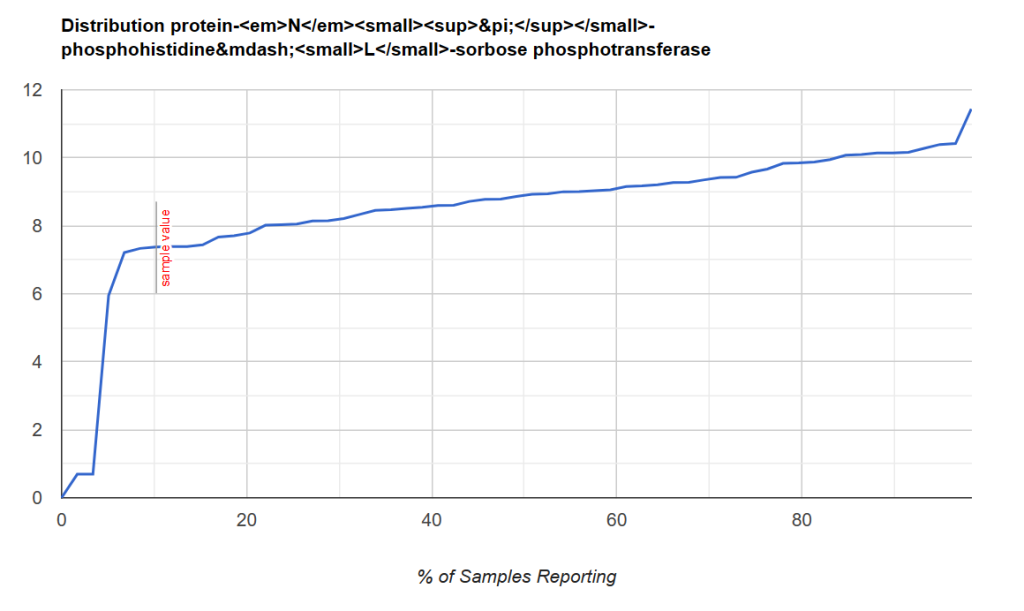
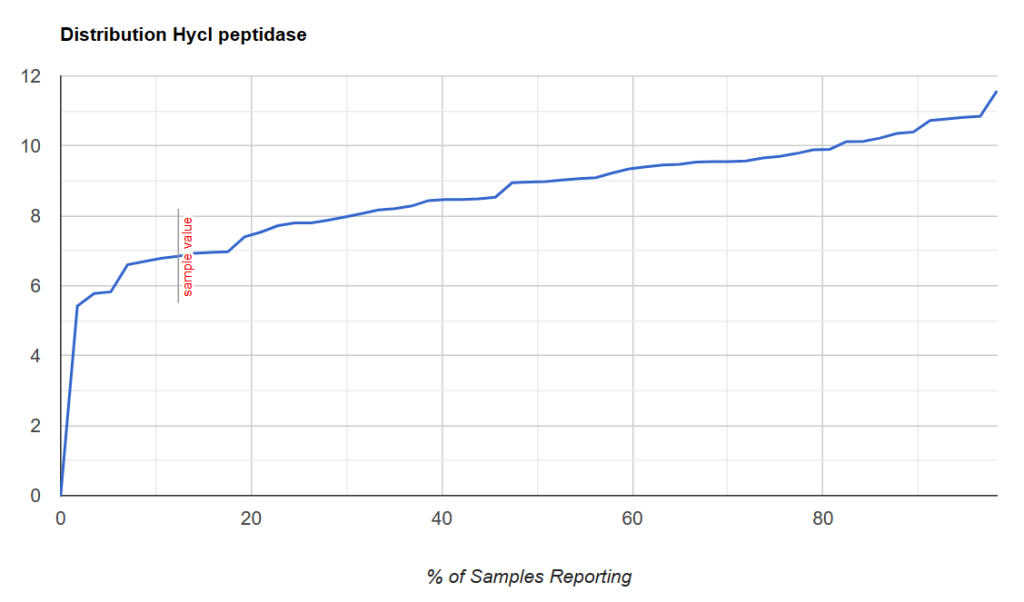
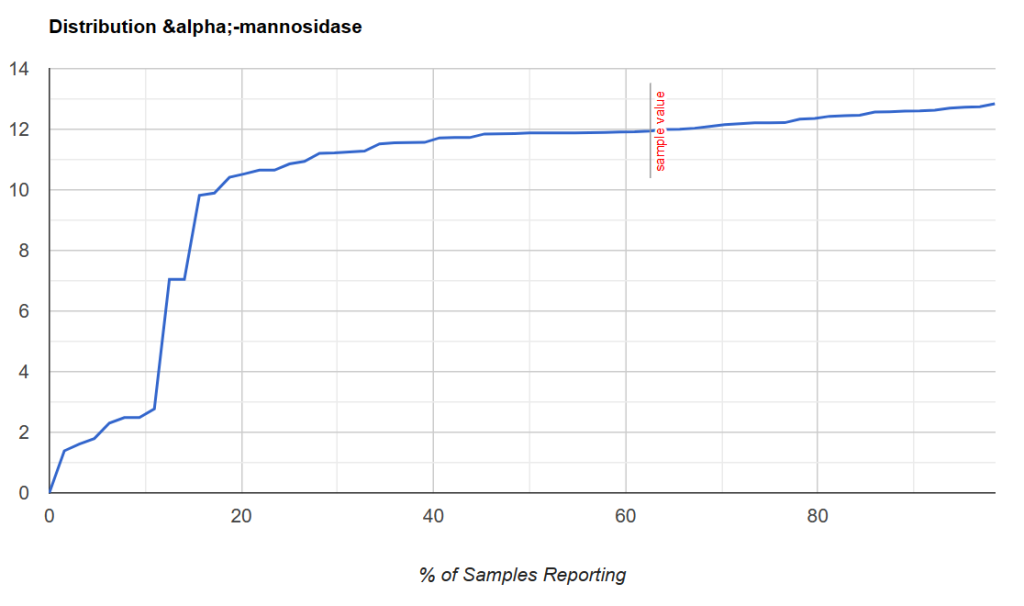
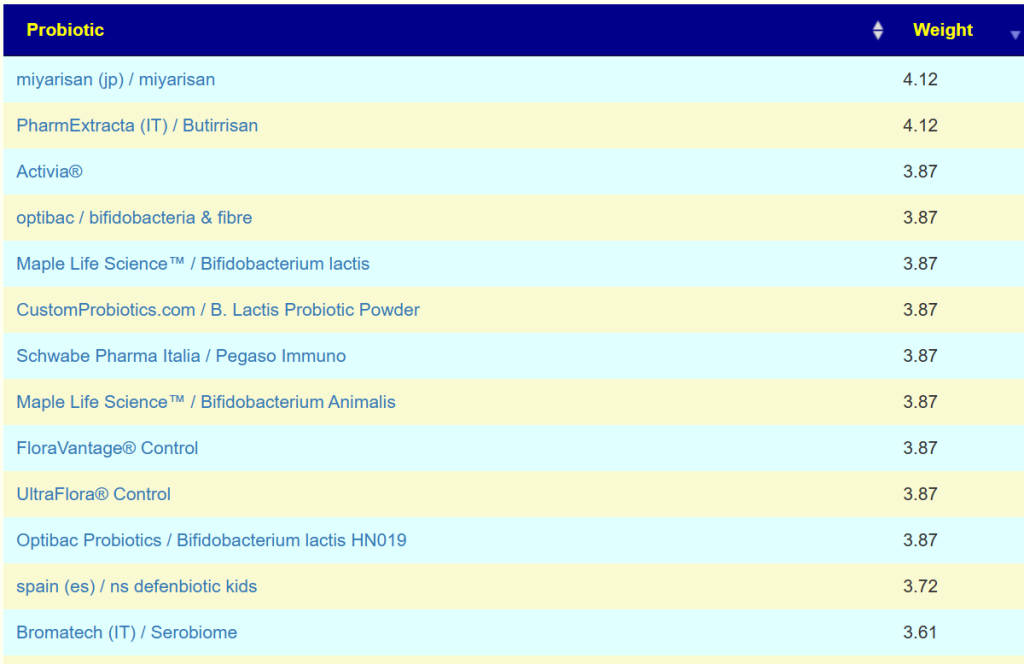
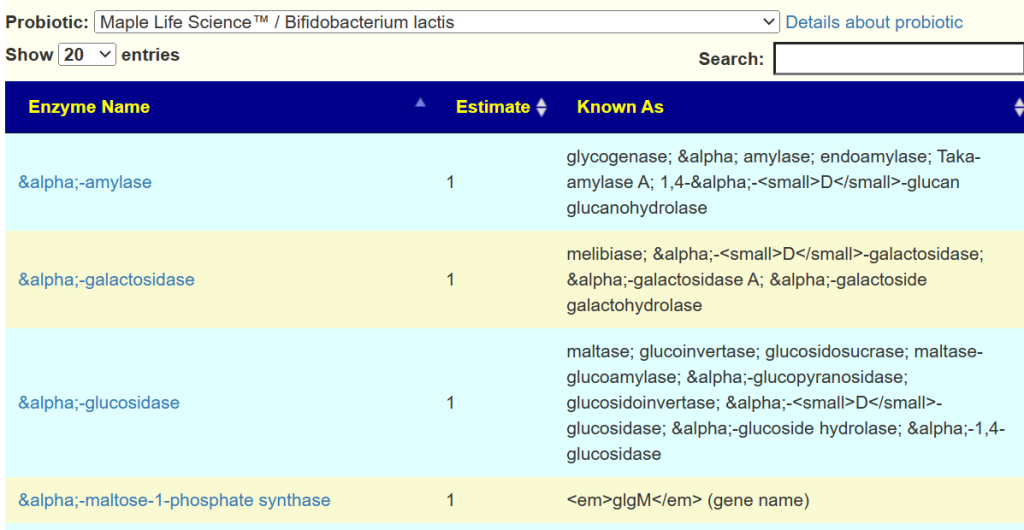





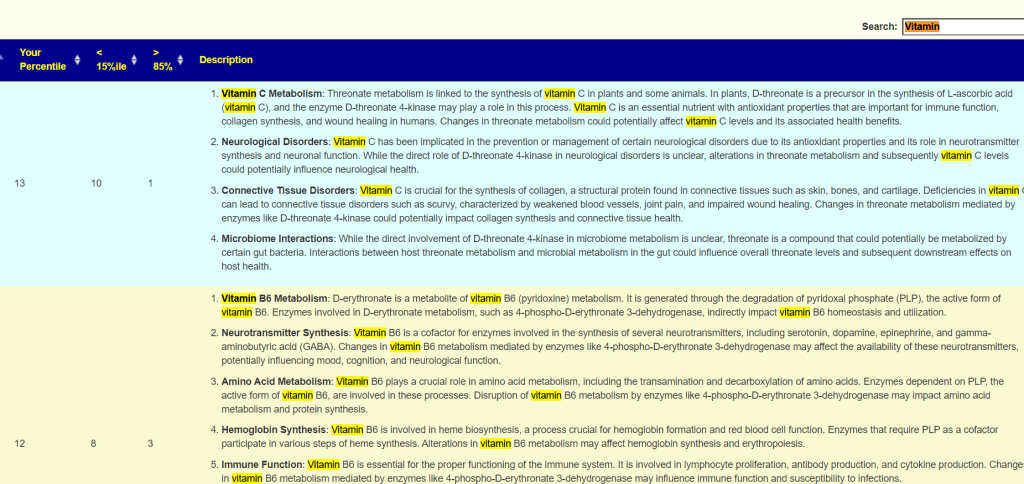







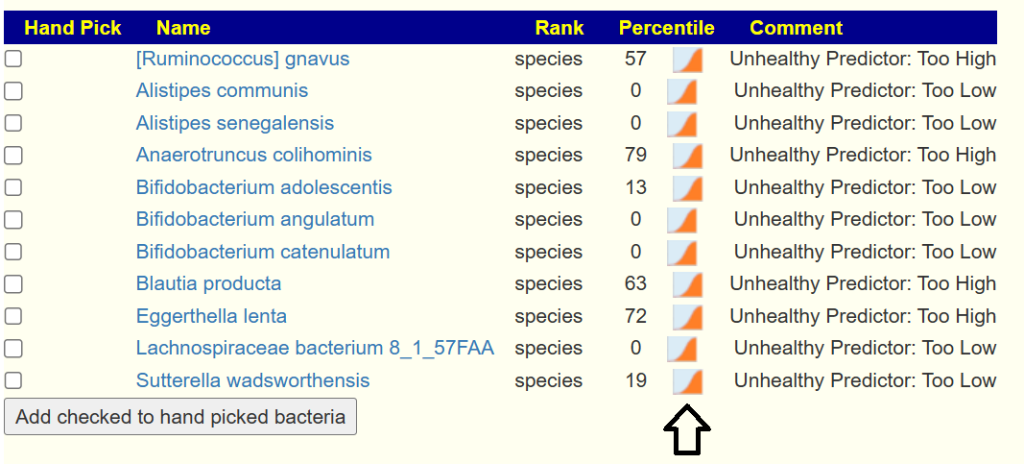
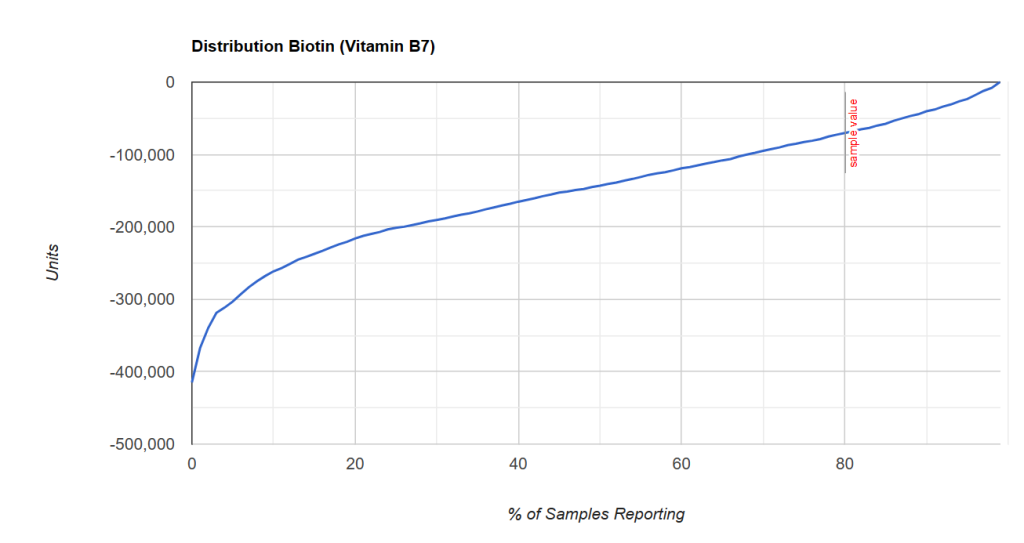

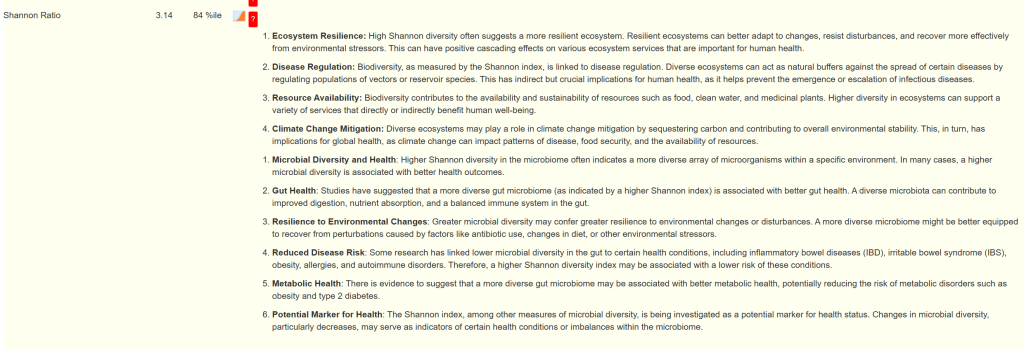















Recent Comments